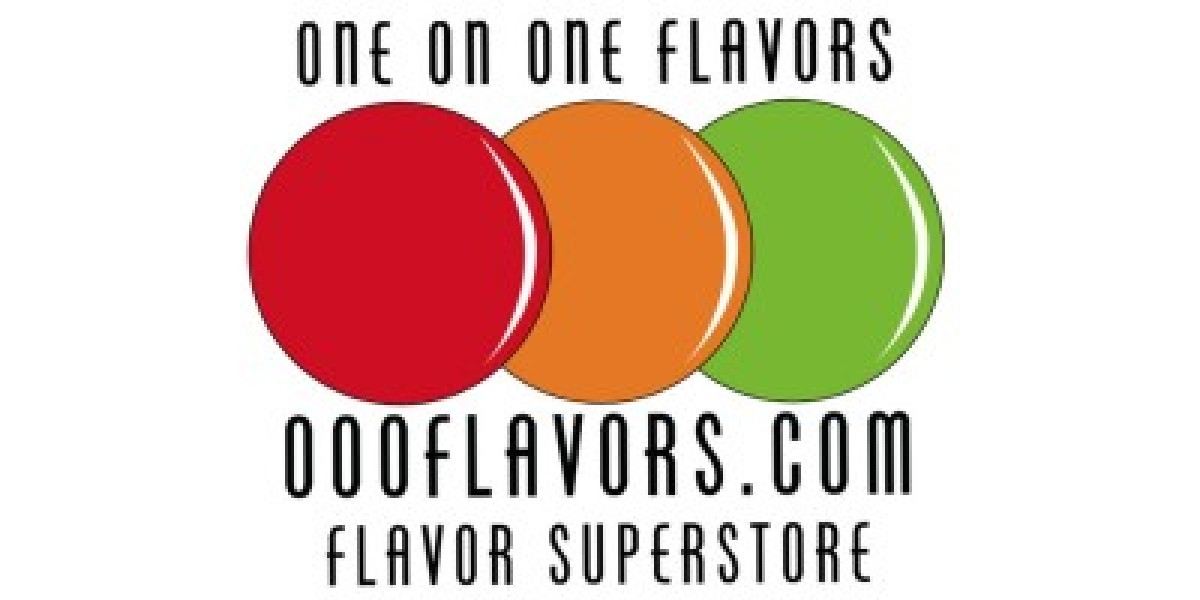Pairing food and beverages is an art that transforms a meal from ordinary to extraordinary. Whether you’re hosting a dinner party, enjoying a quiet evening, or dining at a fine restaurant, understanding how to pair flavors enhances the overall experience. Professional chefs and sommeliers spend years mastering the craft, but with a few essential principles, you can elevate your meals with expert-level pairings.
The Basics of Food and Beverage Pairing
The key to a perfect pairing is balance. A well-matched beverage should complement the flavors of the dish without overpowering or clashing with them. Here are some fundamental principles:
Match Intensity: A delicate dish pairs best with a light beverage, while a rich, bold dish requires a more robust drink.
Balance Acidity: Acidic beverages, such as citrusy wines or tart cocktails, work well with acidic foods like tomato-based dishes or seafood.
Complement or Contrast: You can either enhance flavors by pairing similar notes (a fruity wine with a berry dessert) or create contrast (a crisp beer with spicy wings).
Consider Sweetness: Sweeter beverages pair well with spicy or salty foods, creating a harmonious contrast.
Pairing Wine with Food
Wine pairing is one of the most sophisticated aspects of food and beverage matching. Here are some classic combinations:
Red Meat with Red Wine: The tannins in red wine, like Cabernet Sauvignon, complement the richness of steak or lamb.
White Wine with Fish and Poultry: Light wines like Sauvignon Blanc or Chardonnay pair well with seafood and chicken dishes.
Spicy Foods with Off-Dry Wines: Slightly sweet wines, such as Riesling, balance the heat of spicy dishes.
Desserts with Dessert Wines: A rich Port or Moscato enhances the flavors of sweets without being overpowered.
Beer and Food Pairing
Beer is a versatile beverage with a wide range of flavors. Here’s how to match different styles:
Lagers with Light Dishes: A crisp lager pairs well with salads, grilled chicken, and seafood.
IPAs with Spicy Foods: The hoppy bitterness of an IPA complements the heat in spicy dishes like tacos or curry.
Stouts with Rich and Sweet Foods: The deep, malty flavors of a stout go well with barbecue, chocolate desserts, and roasted meats.
Wheat Beers with Fruity or Herbal Dishes: The citrusy and spicy notes in wheat beers match well with summer salads and light pasta dishes.
Cocktails and Food Pairing
Cocktails add another dimension to food pairings with their variety of spirits, mixers, and garnishes.
Margaritas with Mexican Cuisine: The citrusy, salty notes of a margarita enhance the flavors of tacos, nachos, and guacamole.
Old Fashioned with Grilled Meats: The smoky bourbon and bitters blend pairs well with charred steaks and ribs.
Mojitos with Seafood: The freshness of mint and lime in a mojito complements grilled shrimp and ceviche.
Negroni with Rich and Savory Dishes: The bitter, herbal notes of a Negroni balance out fatty dishes like charcuterie or pasta carbonara.
Non-Alcoholic Pairings
For those who prefer non-alcoholic beverages, there are plenty of pairing options to explore:
Herbal Teas with Light Dishes: Green tea pairs well with sushi, while chamomile tea complements desserts.
Sparkling Water with Rich Foods: The bubbles cleanse the palate and lighten heavy meals.
Fresh Juices with Breakfast Foods: Orange juice enhances the flavors of eggs and pastries.
Iced Coffee with Chocolate Desserts: The boldness of coffee contrasts beautifully with sweet treats.
Final Tips for Perfect Pairings
To take your food and beverage pairing skills to the next level, keep these tips in mind:
Experiment: Don’t be afraid to try new combinations and discover what works best for your palate.
Consider the Occasion: Casual gatherings may call for easy-drinking options, while fine dining experiences can be enhanced with premium pairings.
Trust Your Taste Buds: Personal preference plays a significant role—what works for one person may not for another.
Pair with Purpose: Whether you want to highlight a flavor, balance richness, or create contrast, make sure your choice serves a purpose.
By mastering the art of food and beverage pairing, you can enhance everyday meals and create unforgettable dining experiences. Whether you’re sipping on a glass of wine, enjoying a craft beer, or indulging in a refreshing mocktail, the right pairing can make all the difference.









